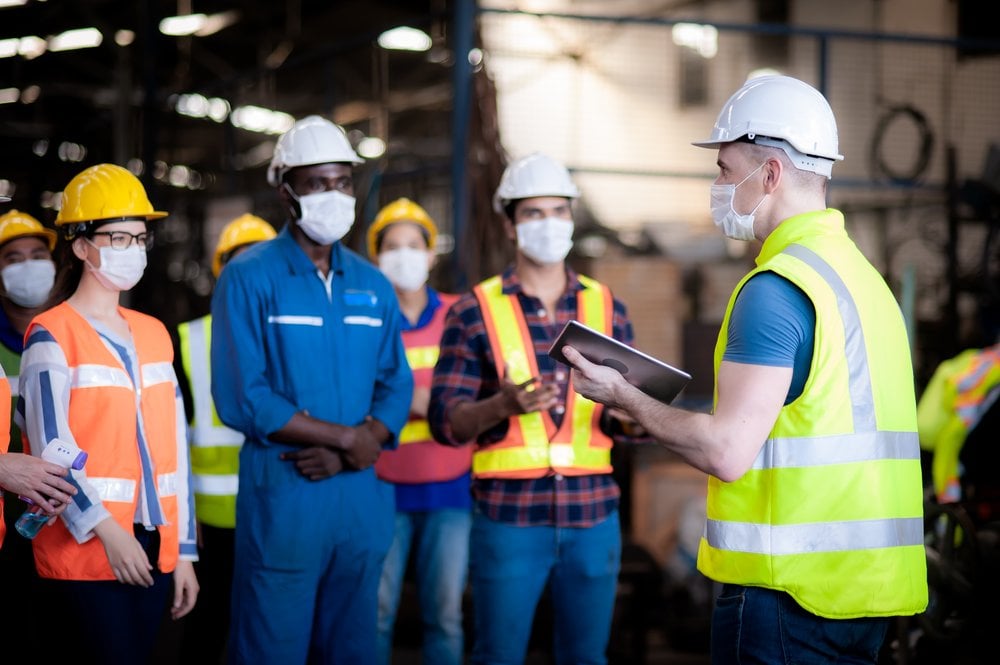Who in a company is responsible for sustainability? Yes, there will likely be people with specific responsibilities, but the right answer is everyone. Everyone has a role to play and a contribution to make. Therefore, I often draw parallels with Health & Safety (H&S).
When I entered full-time employment (yes, that was some years ago...), sadly accidents at work were a fact of life. It was too often tolerated or accepted. But a change in culture and mindset over the last twenty years has achieved a zero-tolerance mindset. Three elements fundamental to this change were legislation, accountability, and education.
Legislation enforced H&S responsibilities in law. We are seeing similar legislation coming in around sustainability, such as reporting standards, Extended Producer Responsibility (EPR), and pending legislation about deforestation and further chemical/green chemistry.
Accountability was also key. Company Directors are legally accountable for H&S with fiscal and custodial impact. Yes, Directors went to jail. We are seeing sustainability legislation evolve, significant increases in financial impact, and high-profile cases such as the Shell Directors in court for.
The third, but by no means least, was education. Training has been key to embedding H&S across the industry. Training to successfully make it everyone's responsibility. And it is something that every company can address now; there is no need to wait for legislation.
At a recent Manufacturing Conference, information was shared on employee training. Despite the economic challenges in recent years, 44% of companies had increased their training spend. Only 6% had reduced spend. And the single most significant area of training... you guessed it: Health & Safety (30% of all training).
And the smallest area. Sadly, yes, net zero/sustainability (only 5% of training).
If sustainability training can become as ingrained as H&S for employees/associates and suppliers, it can help drive incremental impact at pace and scale; the theory of marginal gains we have successfully employed with clients from responsible sourcing to supply chain decarbonization. At the National Sustainability Summit earlier this year, a manufacturer shared how education had generated change every month, from simple energy saving to waste reduction, water reduction, and packaging reduction, by engaging everyone in the issue. The projects inspired through this engagement also saved money - overall self-funding, reduced emissions, and had a demonstrable impact on recruitment and retention.
At Supply Pilot, we talk about the three pillars of supplier engagement: good communication, transparency/accountability, and support/education. All three pillars are integral to the Supply Pilot Platform. From a supplier's perspective: what do I need to do/why? How am I doing? And how do I get better? The three pillars allow you to engage, activate, and empower suppliers to collect the data you need to mitigate risk and drive positive impact.
Nobody wants to work for a company that is unsafe. Who wants to work for a company that is not also committed to sustainability?




